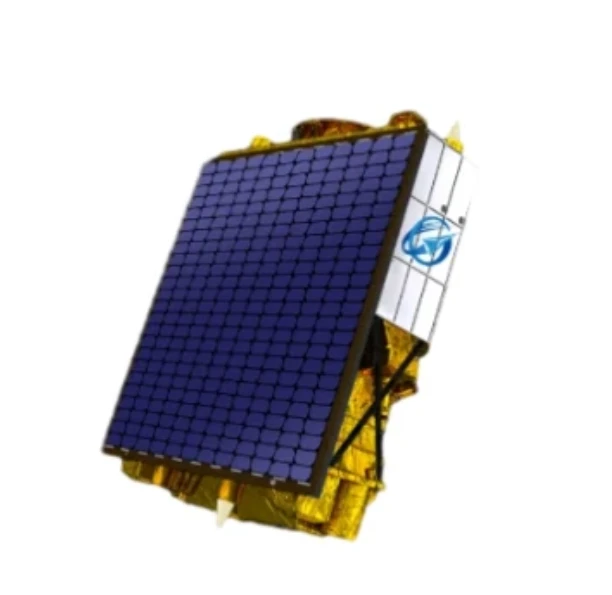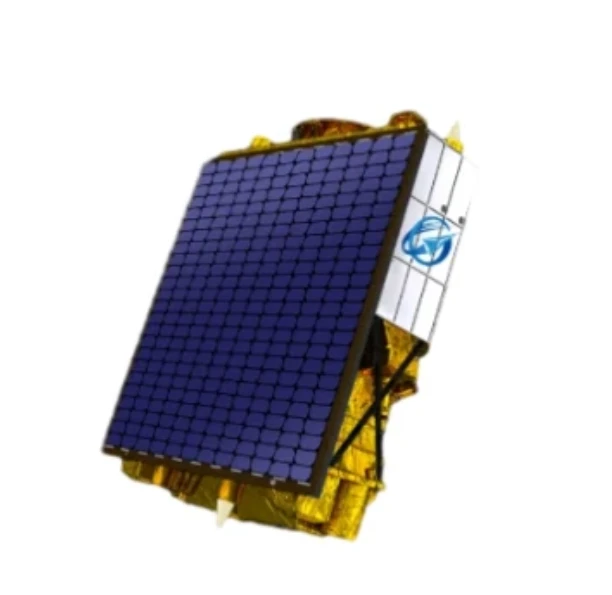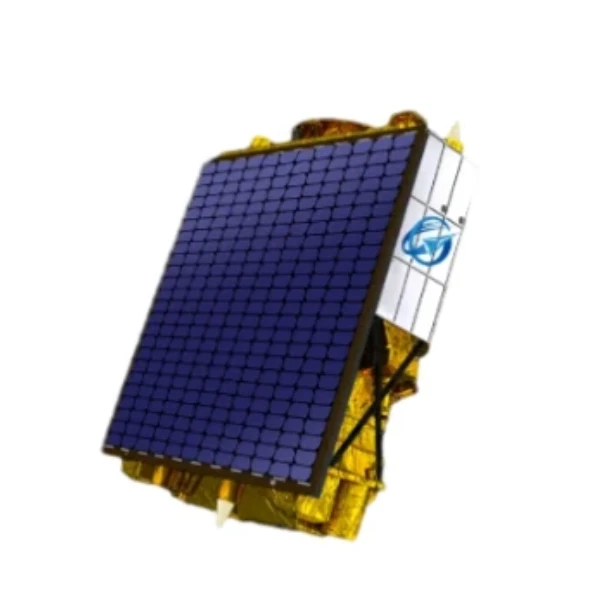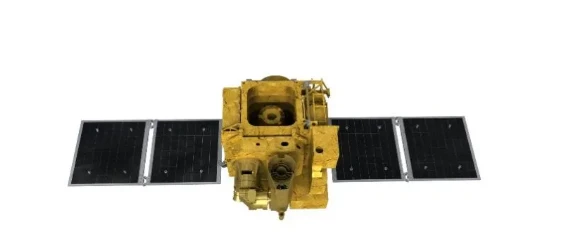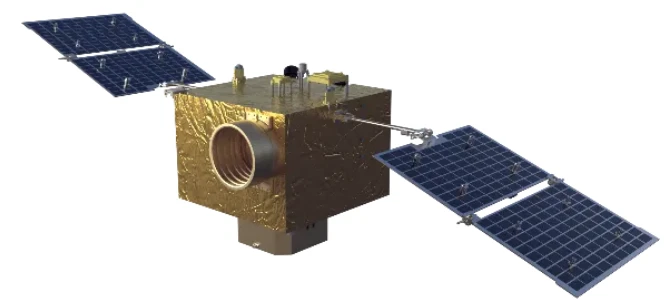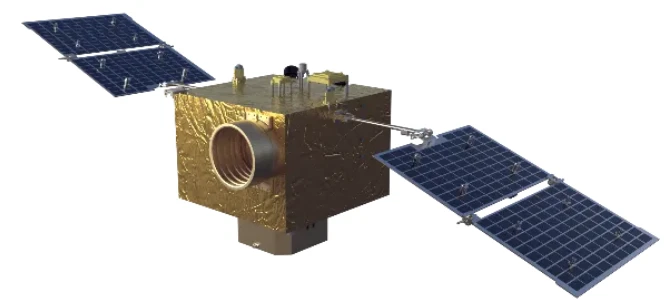
- African
- ئالبانىيە
- Amharic
- ئەرەبچە
- ئەرمىنىيە
- ئەزەربەيجان
- Basque
- بېلورۇسىيە
- Bengali
- Bosnian
- بۇلغارىيە
- Catalan
- Cebuano
- جۇڭگو
- كورسىكان
- كىرودىيە
- چېخ
- Danish
- گوللاندىيە
- ئىنگىلىزچە
- Esperanto
- ئېستونىيە
- فىنلاندىيە
- فىرانسۇزچە
- Frisian
- Galician
- گرۇزىيە
- German
- گرېتسىيە
- Gujarati
- ھايتى كرېئول
- Hausa
- hawaiian
- ئىبرانىي تىلى
- ياق
- Miao
- ۋېنگرىيە
- ئىسلاندىيە
- igbo
- ھىندونېزىيە
- irish
- Italian
- ياپون
- Javanese
- Kannada
- kazakh
- Khmer
- رىۋاندا
- كورېيە
- كۇرد
- قىرغىزىستان
- ئەمگەك
- لاتىنچە
- Latvian
- لىتۋانىيە
- لىيۇكسېمبۇرگ
- ماكېدونىيە
- Malagasy
- مالايسىيا
- Malayalam
- Maltese
- Maori
- Marathi
- موڭغۇل
- بېرما
- نېپال
- نورۋېگچە
- نورۋېگچە
- Occitan
- پۇشتۇ
- پارسچە
- پولشا
- پورتۇگال تىلى
- Punjabi
- Romanian
- رۇسچە
- Samoan
- شوتلاندىيە گال تىلى
- سېربىيە
- ئىنگىلىزچە
- Shona
- سىندى
- Sinhala
- سلوۋاكىيە
- سىلوۋېنىيە
- سومالى
- ئىسپانچە
- Sundanese
- Swahili
- شىۋىتسىيە
- Tagalog
- تاجىك
- تامىل
- تاتار
- Telugu
- تايلاند
- تۈرك
- تۈركمەنلەر
- ئۇكرائىنا
- ئوردۇچە
- ئۇيغۇر
- ئۆزبېك
- ۋېيتنام
- Welsh
- ياردەم
- Yiddish
- يورۇبا
- Zulu
Harnessing The Power Of Multispectral Satellite Imagery For Sustainable Development
In the quest for sustainable development, multispectral satellite imagery has emerged as an indispensable tool. By utilizing data captured from a multispectral satellite, experts can analyze Earth’s natural resources, monitor environmental health, and support smart urban planning. The ability to collect information across different spectral bands—known as multi spectral satellite imagery—provides a detailed and comprehensive view that supports informed decisions crucial for sustainability goals worldwide.
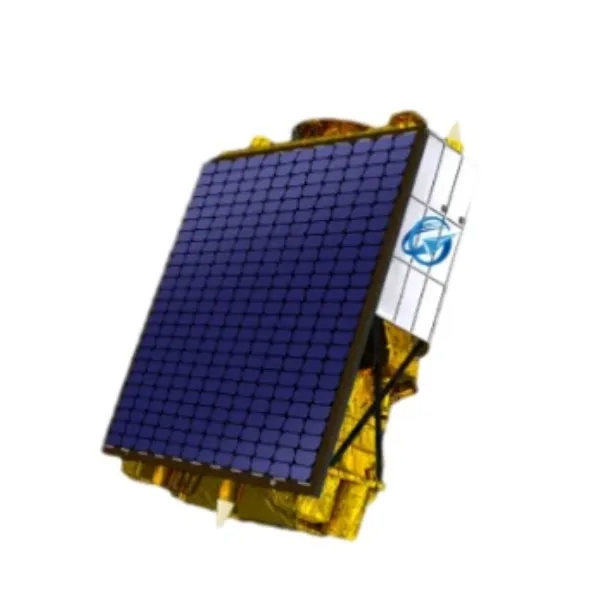
Multispectral Satellite Imagery Enhances Natural Resource Management
Managing natural resources efficiently requires accurate, timely data—a need that multispectral satellite imagery uniquely fulfills. Through the analysis of various spectral bands, it becomes possible to distinguish between different vegetation types, soil conditions, and water quality. This capability allows governments and environmental agencies to monitor forests, track desertification, and assess freshwater sources. By deploying multispectral satellite data, stakeholders gain valuable insights to balance economic development with conservation efforts, ensuring resources are used responsibly and ecosystems remain healthy.
Supporting Urban Planning With Multispectral Satellite Data
Urban areas face constant changes due to population growth and infrastructure development. Multi spectral satellite imagery assists city planners by providing detailed land cover maps and tracking urban sprawl over time. This data enables the identification of green spaces, water bodies, and built environments, which are essential for sustainable urban design. By integrating multispectral satellite imagery into geographic information systems (GIS), planners can optimize land use, manage traffic patterns, and plan disaster resilience strategies. The result is smarter, more livable cities supported by actionable remote sensing data.
The Role Of Multispectral Satellite Imagery In Climate Change Research
Climate change poses complex challenges that demand robust monitoring tools. The use of multispectral satellite technology has proven vital in tracking indicators such as vegetation health, glacial retreat, and ocean color changes. These factors are key to understanding ecosystem responses to changing temperatures and precipitation patterns. With multispectral satellite imagery, scientists can detect shifts in carbon cycles, monitor wildfire frequency, and observe sea-level rise with high precision. Such insights empower policymakers to design effective climate action plans and measure their impact over time.
In summary, the advancement and application of multispectral satellite systems are crucial to achieving sustainable development objectives globally. By providing high-resolution, multi-band data through multispectral satellite imagery, stakeholders across agriculture, urban planning, and environmental science can make better decisions that protect natural resources and promote resilience. The continued innovation in multi spectral satellite imagery promises to enhance our ability to observe, understand, and safeguard the planet for future generations.






